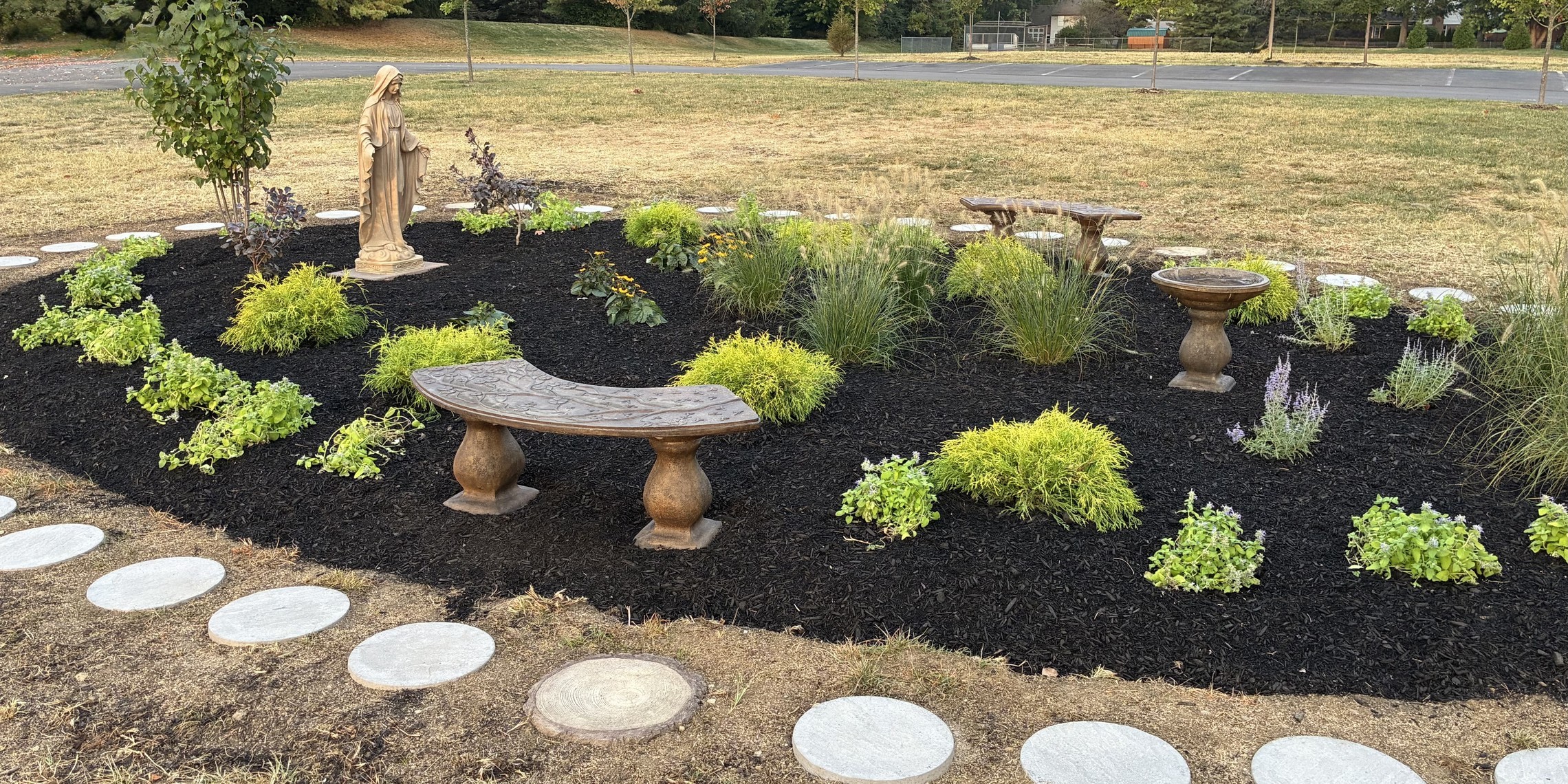The Catholic Church celebrates the birth of Saint John the Baptist on the evening of June 23rd and during the day on June 24th. One of the ancient traditions associated with this Solemnity is gathering with family and friends around a bonfire (ideally on the evening of June 23rd). The lighting of a fire on St. John’s Eve is a tradition that was documented as early as the 12th century. Many cultures throughout history have celebrated the summer solstice (the longest day of the year, occurring between June 20 and June 22 in the northern hemisphere) by making bonfires. It is likely that Christians adopted and sanctified this tradition by linking it to St. John’s Eve. After all, fire and light are themes that are found both in the life of St. John the Baptist and in Sacred Scripture as a whole.
Saint John the Baptist is known as the “forerunner,” the one who prepared the way for the coming of Jesus Christ. Perhaps there is a relationship between the life of St. John the Baptist and the span of a bonfire. In building a bonfire, the first step is to collect dry, dead wood. Dry logs and branches are most suitable for burning. These logs and branches are then assembled in the fire-pit before the arrival of the fire. In the life of St. John the Baptist, we hear that “he was in the desert until the day of his manifestation to Israel” (Luke 1:80). In preparation for his ministry, John lived a life of asceticism, a life of self-denial. John drank “no wine nor strong drink” (Luke 1:15), and he wore “clothing made of camel’s hair” (Matthew 3:4). John the Baptist presents a reminder for Christians about the importance of asceticism. Many times, the people who seem like dry, dead wood in the eyes of the world are being prepared in the Spirit. It is necessary for us to empty ourselves of other things prior to being filled with God. Like any good fire-wood, we must die (in a certain way) before being set ablaze by the Holy Spirit.
The next step in making a bonfire is the lighting. A match is thrown into the midst of the dry wood; then, the logs and sticks begin to ignite. The logs don’t own the fire by their nature – rather, the fire is something that they receive. Without making contact with pre-existing fire, the logs would just remain logs. Having been properly prepared (cut, kept in a dry place, and then arranged in the fire-pit), the logs have the potential to carry a flame. Yet, they can’t create the flame on their own. We see a parallel in the life of John the Baptist. His ministry began when “the word of God came to John the son of Zechariah in the desert.” After this, “he went throughout the whole region of the Jordan, proclaiming a baptism of repentance for the forgiveness of sins” (Luke 3:2-3). John’s ministry was ignited when he received the word of God. John knew that he couldn’t send himself, and so he waited patiently for God’s call. Like the logs, we can’t ignite ourselves. The fire of the Holy Spirit is something that we receive from God, not something that we own by nature.
After the bonfire is lit, the third and final phase begins – the burning. Family and friends enjoy the warmth and light of the fire as the logs slowly burn. Carrying the flame for an appointed time, the logs decrease in size until they are mere embers at the bottom of the fire pit. Once again, we see something similar happen in the life of John the Baptist. As John’s ministry is blazing, we witness him practicing great humility and becoming very small. The purpose of John’s life is to point not to himself, but to Christ. When Jesus began to baptize people, seemingly taking over John’s ministry, John looks at Jesus and says “He must increase; I must decrease” (John 3:30). John knows that Jesus, the Eternal Son of God, possesses the Holy Spirit by His very nature. We, on the other hand, are called to receive and carry this Spirit for the duration of our lives. As we carry the Lord, we become small, burning down to a mere ember. Being a bearer of Christ’s light comes at a price, but it’s the only thing worth doing in this life. Are you willing to carry the flame?
Written by: Curtis Gross, Seminarian in the Archdiocese of Cincinnati
More News...
New Rosary Garden
St. Xavier student and Eagle Scout candidate Hanley Abell recently completed a beautiful rosary garden outside of church. The garden is a peaceful place...Read more
Heart & Soul
Heart & Soul is an Adult Social Group at St. Margaret of York for singles and couples. All are welcome to join us for...Read more






